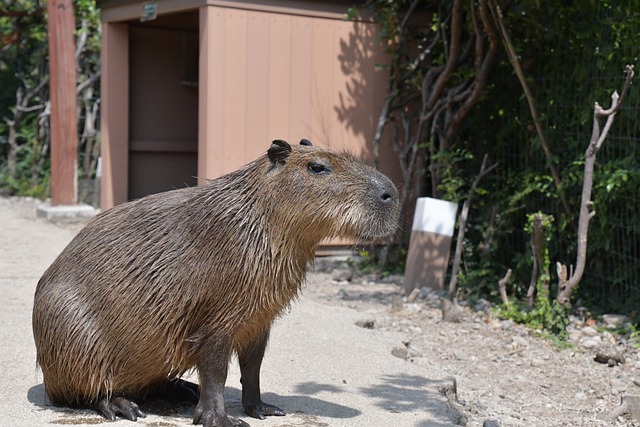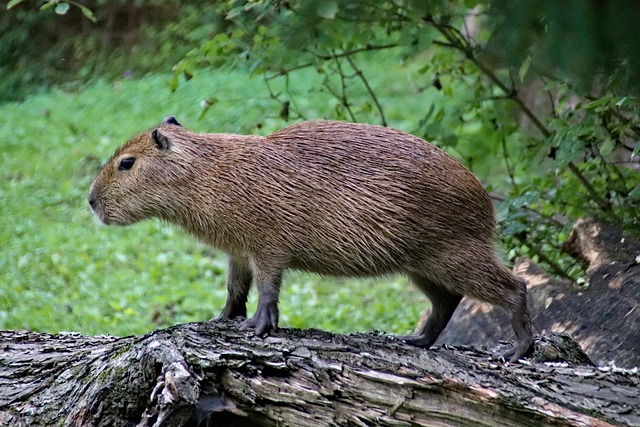If you’re considering purchasing pine pellet bedding for your guinea pig, you may have questions about the safety of this type of bedding. For example, is pine pellet bedding safe and non-toxic for your pet? Read on to learn more about using pine pellets as guinea pig bedding.
Can you use pine pellet bedding for guinea pigs?
If you’re looking for a way to enrich your guinea pigs’ lives, pine pellet bedding is one of the best options.
Not only is it comfortable and soft for them to snuggle up in, but it also keeps your pets odor-free and clean.
The pine used in the pellets has natural anti-bacterial properties, making it an ideal choice if you’re looking for something free from nasty chemicals and toxins that could harm your guinea pig.
Just be sure it is kiln-dried before being purchased; otherwise, the moisture level could be too high and lead to mold growth or toxic fumes.
Also, ensure you remove soiled bedding regularly, which can help reduce irritation or infections.
Pine pellet bedding is an excellent option for providing your guinea pigs with a happy and healthy environment.
What are Pine Pellets?
Pine pellets are bedding made from compressed sawdust that has been heated and dried.
This type of bedding is usually sold in bags and looks similar to small pieces of wood chips or sawdust.
It can be an alternative to traditional wood shavings or recycled paper products.
Is Pine Pellet Bedding Safe for Guinea Pigs?
Pine pellet bedding can be a safe choice for guinea pigs when appropriately used.
The most important thing is to ensure that your product contains no added oils or fragrances, as these can be toxic to small animals like guinea pigs.
Also, avoid buying products that claim to be scented with essential oils, as these can be dangerous.
When selecting a brand of pine pellet bedding, make sure it is specifically labeled as safe for use with small animals like guinea pigs.
It’s also important to note that while pine pellets are generally safe when used correctly, they may cause respiratory issues in some animals due to their dust content.
Ensure you keep your guinea pig’s enclosure well-ventilated so they don’t inhale too much dust when using this bedding.
You should also ensure the pellets are dehydrated before introducing them into the cage; wet or moldy pellets can cause health issues in your pet.
Finally, clean the cage regularly and replace the bedding when necessary; dirty or soiled bedding can lead to health problems such as skin infections and other illnesses in guinea pigs and other small pets.
Other types of bedding suitable for guinea pigs
In addition to the traditional, softer forms of bedding suitable for guinea pigs, such as fleece and paper, various exciting alternatives are also available.
For instance, did you know that aspen shavings can make an exciting bedding choice?
Not only is it biodegradable, resulting in no mess, but aspen provides better odor control than other natural fibers.
Aspen shavings can often be found in the same pet store aisle as other bedding options, making them highly accessible. If you decide it’s the right choice for your guinea pig, buy unwaxed wood products for use – waxed wood is unsafe for pets.


Conclusion
In conclusion, pine pellet bedding can be a safe option for your pet if used correctly and purchased from a reputable source. However, read labels carefully and check for any added fragrances or oils; if present, these should be avoided at all costs.
Additionally, keep an eye on the humidity levels inside your pet’s enclosure and immediately replace dirty or wet pellets to ensure their safety while using this bedding material. Your guinea pig will enjoy their new home safely with proper care and caution.








